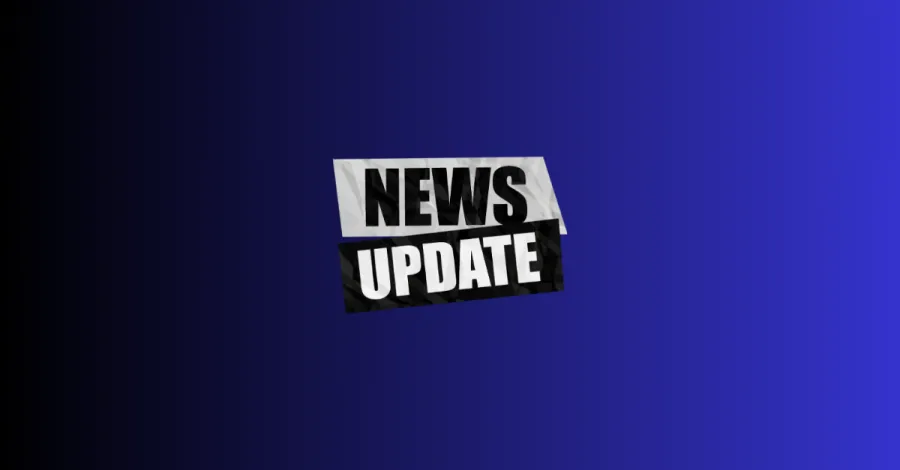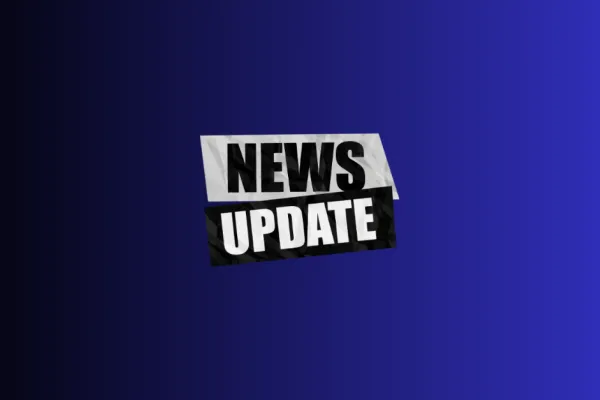Internet companies increase low-cost broadband programs. But there?s more to do.

Comcast announced that it’s doubling the speed of its low-cost broadband service to 10 Mbps and expanding the number of schools eligible for the initiative. Started in 2011, Comcast’s Internet Essentials program “provides low-cost Internet service ($9.95 per month), computer equipment (less than $150) and free Internet training to low-income homes with school-aged kids.”
The news of this upgrade comes after AT&Tcommitted to make “an affordable, low-price standalone broadband service” available “to low-income consumers in its broadband service area” as part of the company’s merger with DirecTV. More specifically, AT&T committed to offer “download speeds of at least 10 Mbps, where technically available,” for no more than $10 per month.
Private sector initiatives like Comcast’s Internet Essentials and AT&T’s commitment are steps in the right direction to reduce the economic barriers to broadband access. But there’s still more to do. It’s long past time to update the FCC’s Lifeline subsidy program for low-income households for broadband.
The need for assistance is clear. Obama Administration’s Council of Economic Advisors recently released a brief detailing the fact that “while nearly two-thirds of households in the lowest-income quintile own a computer,” they found, “less than half have a home internet subscription.”
Comcast: ‘Internet Essentials’ Connects 2M Users (Multichannel News, Aug. 4, 2015)
AT&T acquires DirecTV (Speed Matters, July 27, 2015)
FCC Grants Approval of AT&T-DirecTV Transaction (FCC, July 24, 2015)
AT&T-DirecTV Transaction Memorandum Opinion and Order (FCC, July 28, 2015)
CWA praises FCC for moving Lifeline update forward (Speed Matters, June 21, 2015)
Mapping the Digital Divide (Council of Economic Advisors, July 15, 2015)
Broadband Brigade members turn out to protect good, union jobs and reliable broadband service
CWA condemns Trump NTIA changes to BEAD funding policies

